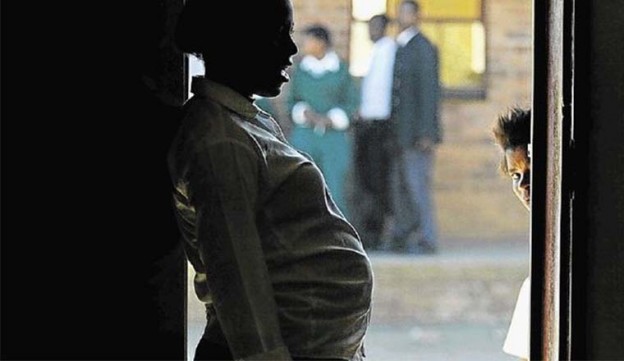Giving birth is a woman’s natural gift. Every girl could regret missing the chance to be a mom. But in developing countries moms face a lot of challenges while giving birth. Back in the years, out of 100 thousand mothers in the nation, about 1500 of them used to die.

Ethiopia is pressing ahead with down sizing maternal mortality rate and sticking out. Now the number of mothers that face such a tragic end out of the same number is cut down to 412. The nation has succeed in crystallizing a lot of changes pertaining to reducing the maternal mortality.
This achievement makes it exemplary to developing countries but in light of the plan it set out to achieve, there is still a lot to be desired.
In 2013, all countries had agreed to slash down mothers’ death by 75%. As per the World Health Organization (WHO) evaluation, Ethiopia has achieved 72% of the set goal proving the leader of developing countries.
“It is safe to claim that we are successful. But this should not open door for complacence. We are striving hard to fully translate our plan, which aims at parrying maternal mortality, into a laudatory achievement worth emulating. However, still it is not few who are dying when giving birth,” Zenebe Akale Mothers’ and Youths’ Health Group Coordinator for Maternal and Children Directorate within MoH told to The Ethiopian Herald.
The public has been using only the traditional medication for giving-birth and still such kind of medication are available in most places specially within rural areas. That means still the people didn’t have enough awareness.
Erimias Kasahun is a health officer here in Addis, he agreed that the maternal mortality rate is making a nose dive.
He said specially in urban areas, as spouses have enough awareness about preempting possible complications they keep on dropping at close by health institutions starting from day one pregnancy is known.
“This does not mean that there is no women who does not pass away while giving birth. But as a trend, most pregnant women continuously seek pieces of advice, to spare themselves pregnancy related complications. Happily, in traditional coffee ceremonies and when they cross roads they advice women in the family way to follow suit,” he added.
It is a laudatory move on the part of the government that the service is given without payment. This encourages impregnated and financially constrained women to come to health institutions without harboring fear, Ermias appreciated. Those who can afford visit private health stations, mushrooming specially in big towns and alleviating the delivery burden.
As a national level, focal attention is placed on containing bleeding, a formidable factor for the increment of mothers’ mortality rate. Various training are tailored to address the challenge. Efforts are underway to import equipment, which helps to control excess bleeding that occurs when mothers are referred to hospitals from health stations, as Zenebe mentioned.
As the Publication of the National Blood Bank Service indicates, in concert with National Blood Bank networks are put in place to ensure that accessibility of clean and safe blood and blood components from hospitals down to health centers. It as well highlights as the catch phrase of the nation is “No mother must die while giving birth!”It sure is good citizens voluntarily give blood.
The other challenge is creating a strong system of interlinking health stations with hospitals. This system could allow the hospitals to support and strengthen the former.
Currently, MoH is communicating with about 100 hospitals . In this regard, when the ball gets rolling, the hospitals could click with more health stations. Gradually the move will ripple across the nation, the coordinator said.
We loses a number of mothers on the road when they are going to the health stations, which obviously could be far from their environment. The expansion of health institutions and facilities helps to increase the change for the better in the sector. The number of health stations is increasing dramatically and now at least one ambulance is available at each wereda.
In collaboration with stakeholders, works are underway to make the training geared towards averting bleeding vibrant. So if the plans get going fully, more changes will take shape, according to MoH.
Still not limited mothers give birth without health institutions. Out of the 3 millions pregnant women in Ethiopia only close 70% of them give birth in health stations.
MoH envisages to bring down the number of mothers who breathe their last while giving birth to less than 199 by 2020.That will be a great success.
So aggressive sensitization works including far flung corners of the country and hard work are expected from pertinent bodies at large.

